After 2 years of drone tests, HI says goodbye to Chad
Last March, Humanity & Inclusion (HI) finalized its two-year drone experimentation in Northern Chad with its partners Mobility Robotics and FlyingLabs Côte d’Ivoire.

HI and partner Mobility Robotics perform drone tests during mine clearance operations in Northern Chad. | © John Fardoulis / HI
For the first time in the history of humanitarian mine action, drone flights were operated in a real environment along with clearance operations.
Throughout these two years, HI tested drones to map and inspect hazardous areas. We captured photos and videos remotely to help deminers inspect unreachable locations and identify hazards on the surface. We created high-resolution maps to study signs of contamination such as craters or traces of landmine accidents involving animals or vehicles.
We achieved a world-first in humanitarian mine action when we used a thermal sensor flown on a small drone to locate buried antipersonnel and anti-vehicle landmines in desert minefields.
During the experiment, remote locations, road hazards, extreme heat (up to 51°C), sandstorms, food and water difficulties, scorpions, and landmine and explosive ordnances were among the daily challenges for our teams.
During those 2 years:
- Over a 100 drone missions took place in 65 locations
- Travel to hazardous areas from the base took between 30 minutes and 1.5 days
- More than 35 polygons and 30 linear km of strip minefields were mapped
- More than 2500 landmines were located with the thermal sensor
- Dozens of nights were spent in the desert under the stars
- 6 Chadian deminers were trained to operate small drones
We would like to thank the donors, The Belgian Directorate-General Development and the European Union and the people of the Haut Commissariat National de Déminage au Tchad for making this innovative project possible.





